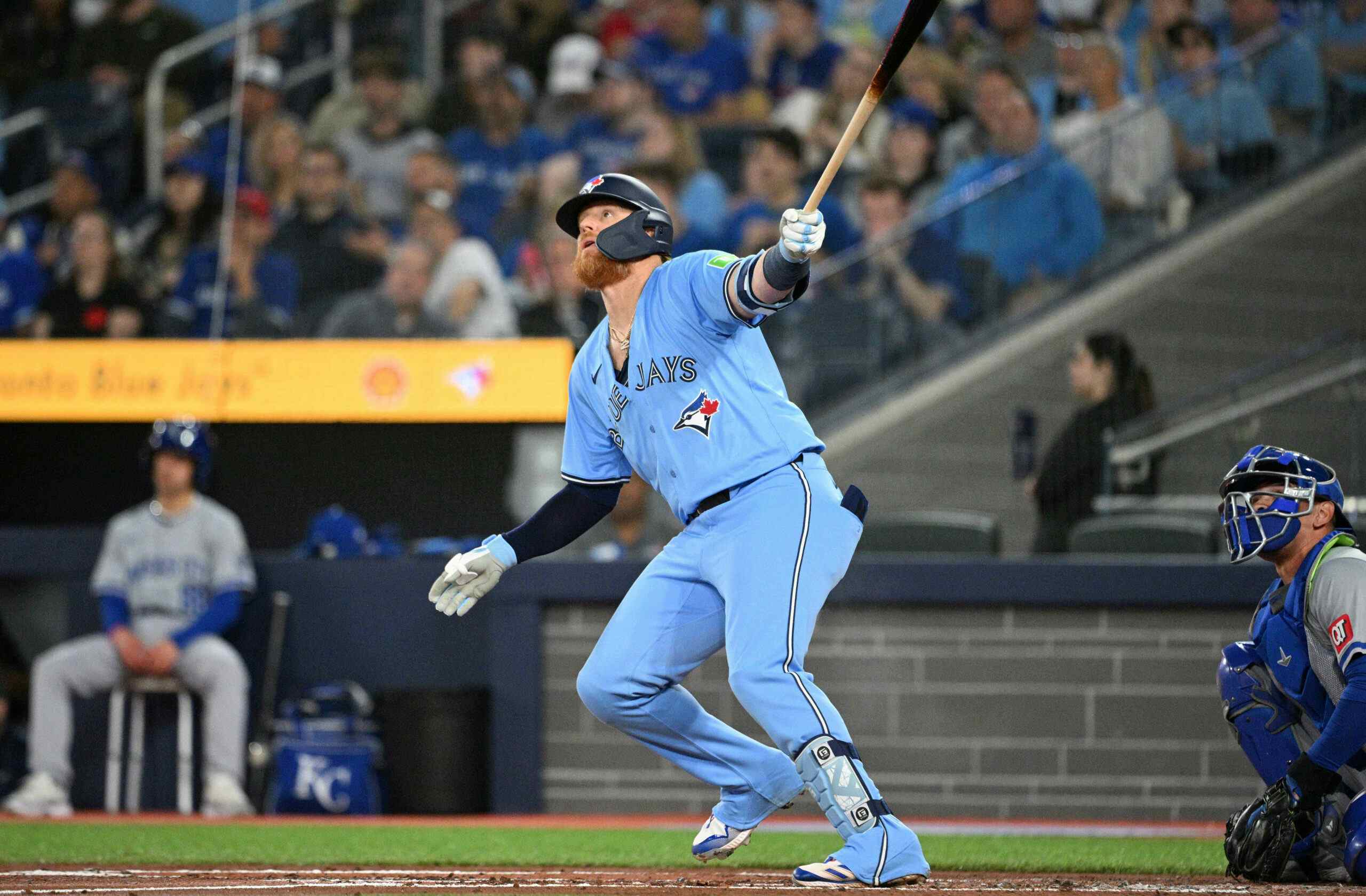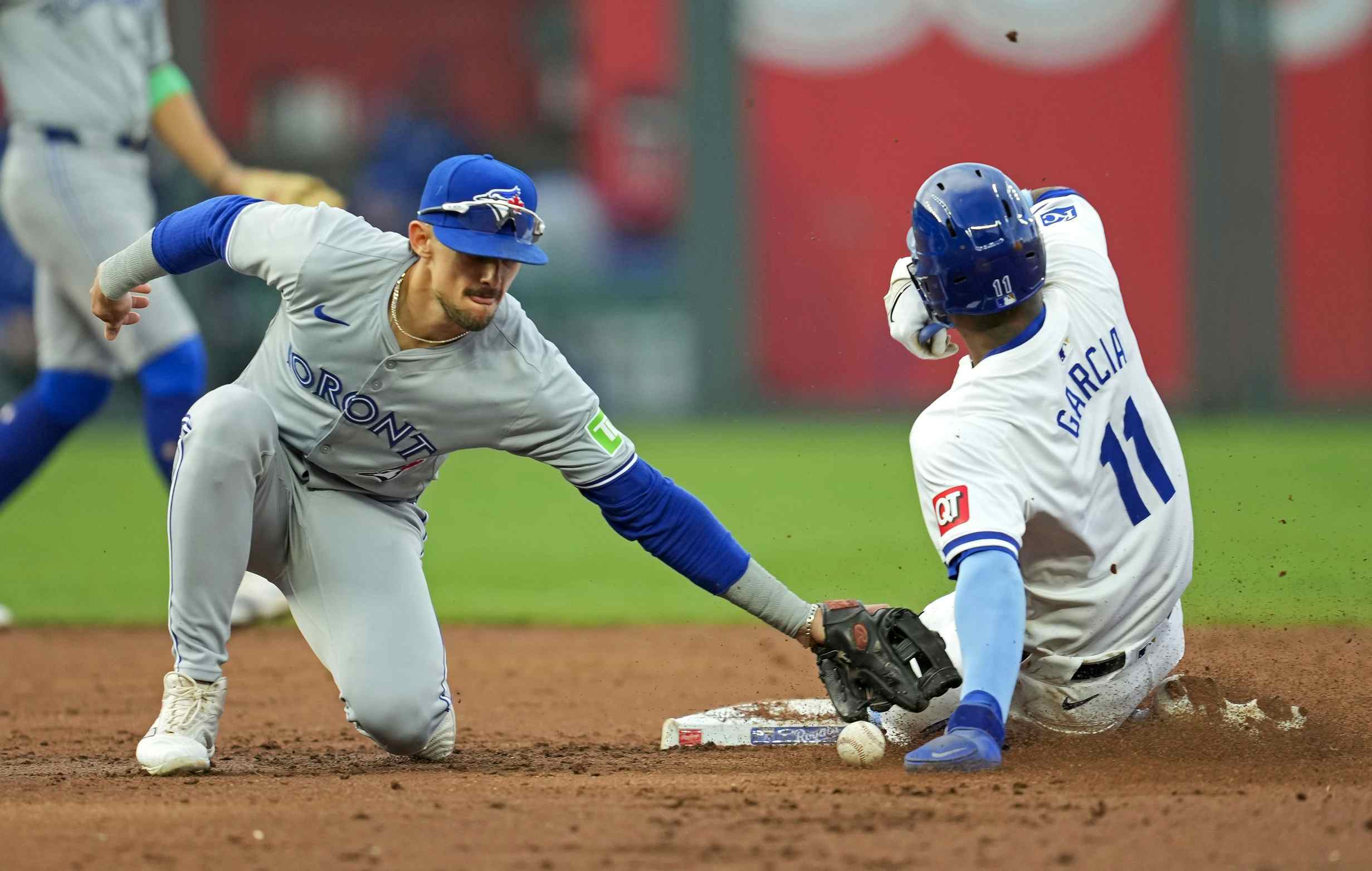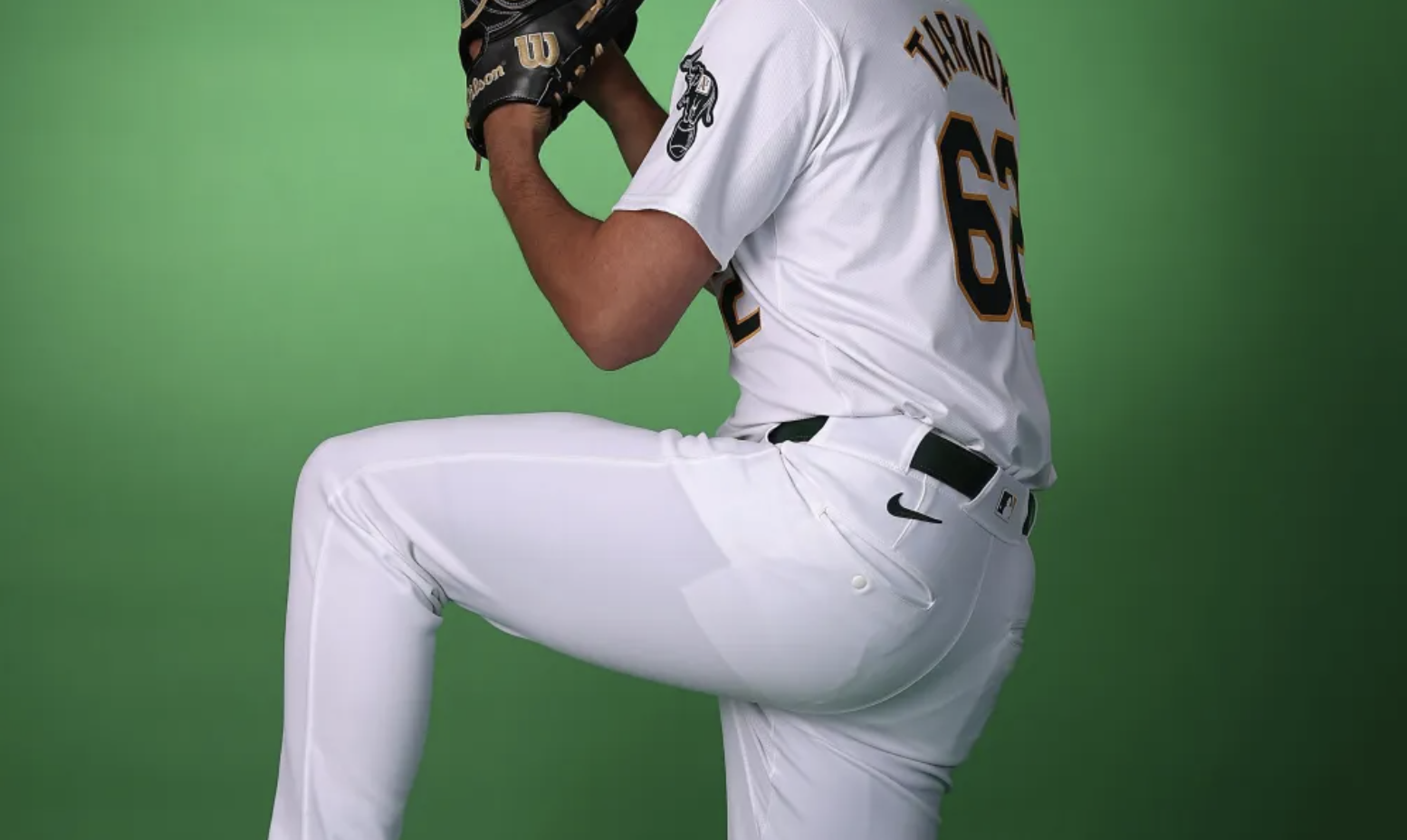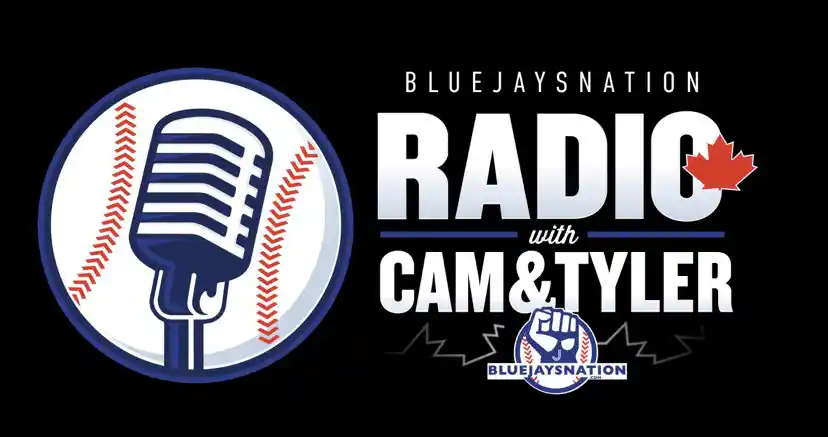The Narrative Of Drew Storen

Photo Credit: Mark L. Baer-USA TODAY Sports
I, like many, like to think of myself as a “narrative baseball fan.”
A deep dive into stats is both important and fascinating, but it’s the human stories that compel me far more than the numbers. Every time a new player is acquired I do a little research to find out what makes them interesting beyond their Fangraphs page, looking for cues about who they are, where they’ve come from, and what they’ll bring to the team. (And yes, I try to decipher whether or not they’re a “good guy” worth cheering for.)
The baseball fun is always in the real life details. It is, for example, worthy of discussion that Mets pitcher Noah Syndergaard is throwing 100 mph, but that’s far more meaningful when you know that he hurls so hard that the ball left a necklace imprint on catcher Kevin Plawecki through his chest protector. I am certainly interested in analyzing Chris Colabello’s day-to-day performance, but I am grateful someone felt the need to report that Red Sox pitcher Steven Wright left him a post game bottle of booze as an apology for beaning him.
Big narrative is the precisely the reason I’m so drawn to players like RA Dickey and Roberto Osuna, and my excuse for sticking so fiercely to Colby Rasmus and Adam Lind through the long haul. (I’m certainly guilty of creeping their current status like one checks up on the social media of a still-loved ex.) Narrative is the reason I’m pleased JA Happ is doing so well, partly because the masses didn’t believe in him, and partly because watching him get hit in the face with a line drive in 2013 is viscerally etched in my memory. I believe it’s the quirky details and fascinating backstories that contribute to many of us sticking around, and caring whether our teams win or lose.
The problem with narrative, however, is that it can always come back to bite you in the ass. We tell all these captivating stories about players, project onto them our hopes and beliefs, and then we find ourselves disappointed. An extreme case of this is of course Jose Reyes, our once beloved, smiley, optimistic rap star shortstop who ended up being charged with domestic violence. (The charges were recently dismissed when Reyes’ wife refused to co-operate with prosecutors. Reyes still faces possible discipline from the MLB, and an uncertain future with the Rockies.) Less devastating versions happen when a player doesn’t live up to his manufactured potential, or fails at bringing a beautiful redemption story to fruition. In fact, creating narrative can be a simultaneously humanizing and dehumanizing practice, writing these complicated scripts for men we don’t even know, and expecting them to live them out.
Which brings me to the narrative of Drew Storen. When he was acquired back in January, I wanted to believe he was the solution to many of our pitching woes, and that we were the solution to his. The sentence “Jonathan Papelbon pushed Storen out of the closer’s job in Washington” was enough to make you like the 28-year-old right-hander right away, given Papelbon was the self-righteous monster who took it upon himself to egregiously choke Bryce Harper in the dugout for “disrespecting the game.”
After being replaced by an angry, violent jerk, Storen struggled as the Nats setup man, his ERA skyrocketing to 9.22 post-Pap. When he gave up a game-changing two-run homer to Yoenis Céspedes last September, Storen slammed a locker shut and broke his thumb, a ridiculous injury that ended his 2015, and acted as a sad punctuation to the Nats late-season implosion.
The easy Storen story was thus: He needed to be rescued from his lot with the Nats, and given a good home where he would be respected, and could thrive. We were going to be that home, even if Osuna officially snagged closer and put Storen back into relief. He told the media his assigned role was “not all that important” and that he was “very excited” to join the Jays. We further discovered that he was an adorable nerd who decorated his house via Etsy (“It’s way cool,”) had regrets about not purchasing a custom-made bat suit, and owns a batmobile. He is a painter, a poodle-owner, a hot yoga practitioner, a switch hitter, and once a batboy for the Montreal Expos. On social media he presented a sweet earnestness about coming to Toronto, something that always goes over well with new fans. He changed his Twitter bio to “apparently now a Drake fan.”
Even with all that narrative draw—or maybe because of it—Storen has been stressing us out. His ERA currently sits at an unbecoming 8.44, and Monday’s game, which put him in that coveted 9th inning spot due to Osuna’s unavailability, was a classic baseball case of just closing your eyes and hoping it all works out. The best relievers and closers are comforting, solid, and predictable—instead, Storen had everyone holding their breath and biting their nails, watching (or looking away) as he whittled down a tenuous lead.
Storen eventually earned the save (despite giving up two runs) but I’m thinking our collective faith in his glorious post-Pap psychological comeback is sufficiently shattered, even if it is still early. That heartfelt hug that he shared with Martin at the end of that game felt like a symbol of our collective relief that he hadn’t screwed it up, which is not exactly the kind of emotion we were hoping for when we said goodbye to Ben Revere for some bullpen help.
That popular late March “Storen is ready to bounce back” story doesn’t seem to have stuck, and there hasn’t been a honeymoon period long enough for us to fall in love with him and his batmobile.
A narrative approach to fandom certainly has its admirable qualities. It’s a more empathetic, forgiving, and emotive way to go in terms of how we interact with the game. It reminds us that players are human beings and not just averages, percentages, and tools for winning. It’s the reason we stick up for them when they’re struggling, and the reason we miss them when they’re gone. Having said all that, I admit that the stories we tell ourselves, and the potential we assign, can be a lot for players to live up to, and can often lead to heartbreak. Frankly, it’s likely much healthier for my enjoyment of Storen’s performance to toss out any preconceived, weighted notions of salvation, or redemption, or whatever, and just take him as he comes.
Men are not numbers, but there’s also a level of baseball romanticism that’s just not realistic, and better saved for future film adaptations. As tempting as this “brand new fresh start” notion can be, some of our expectations are simply narrative run amok, rooted in the drama of a clubhouse villain and a clumsily broken thumb. I’m going to go against my narrative type, consciously dispose of them, and let Storen go ahead and write his own story from here on out.
Recent articles from Stacey May Fowles





